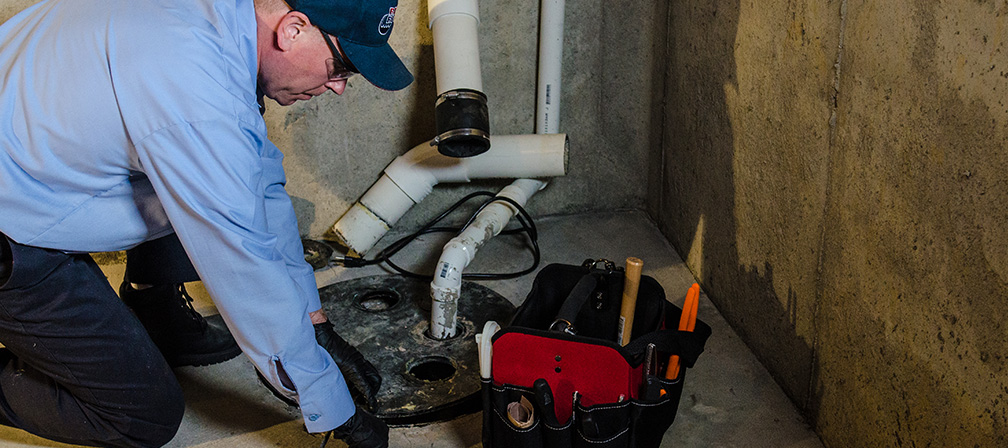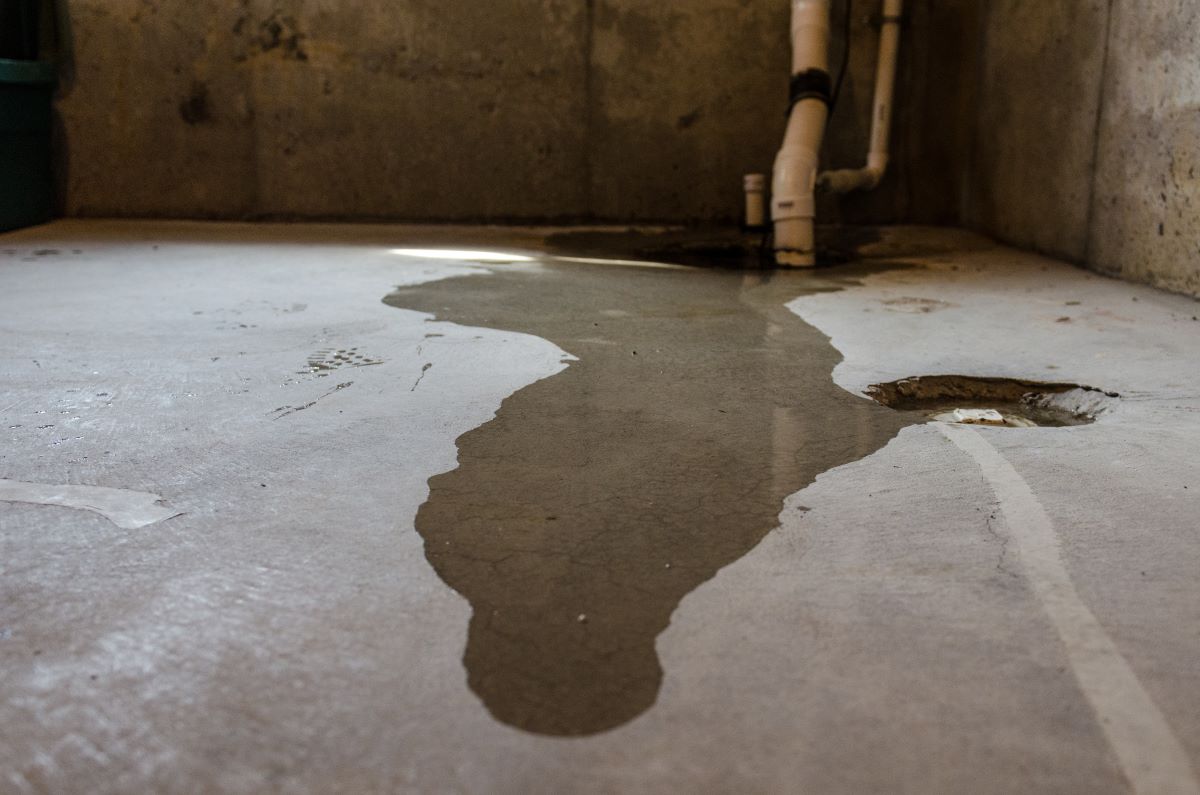
Customer Reviews
Our sump pump failed and our basement was flooded on Dec 24th. Our service technician was very prompt in replacing our sump pump and setting us up with Roto-Rooter water restoration for basement cleanup. Both gentlemen were very knowledgeable with the process to maintain a healthy home. We were happy that this unexpected problem didn't spoil our Christmas plans. Lillian C
1 of 3

LEAVE PLUMBING TO THE PROS
BECAUSE WITH ROTO-ROOTER, YOU GET MORE THAN A GUARANTEE.
- REPUTATION
Highly-trained professionals since 1935. A job done right by the original experts.
- TRANSPARENCY
Free onsite estimates. No hidden or extra charges for plumbing or drain service on holidays, nights, and weekends.
- EFFICIENCY
Same-day and emergency service 365 days a year.
- QUALITY
Full-service plumbing, drain cleaning, and water cleanup – using state-of-the-art diagnostics and equipment.
- FINANCING
Get it fixed today and take time to pay. Special financing options available.

